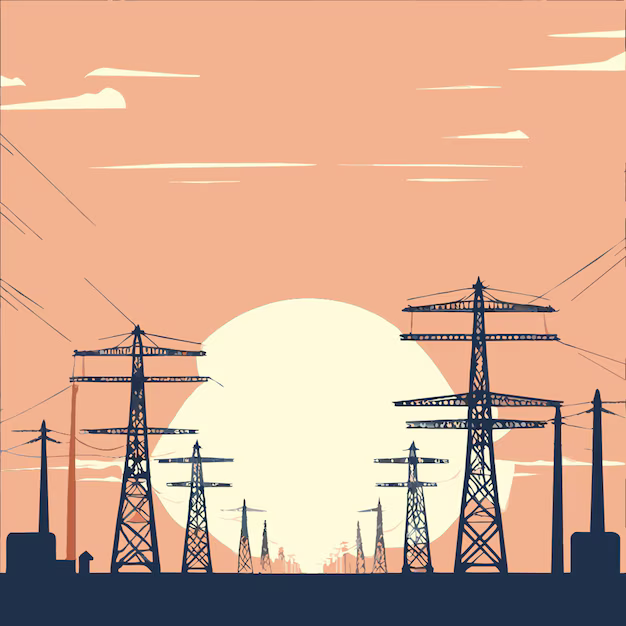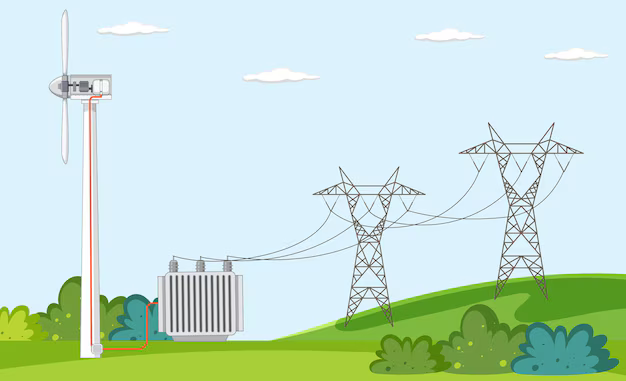
Traditional methods of inspecting power lines, such as ground-based inspections or helicopter flyovers, are time-consuming, expensive, and can pose significant safety risks. Drones offer a faster, more cost-effective, and safer alternative by providing high-resolution visual and thermal data, enabling energy companies to identify potential issues before they become costly problems.
Rapid Inspections:
Drones can cover vast areas in a fraction of the time it would take for ground crews or helicopters, ensuring quick assessments of even remote and hard-to-reach areas.
Improved Accuracy:
With high-definition cameras and advanced sensors, drones can capture detailed data on the condition of power lines, poles, insulators, and other components, identifying even the smallest issues such as corrosion, damaged wires, or vegetation encroachment.
Cost-Effective:
By reducing the need for heavy equipment, labor-intensive manual inspections, and costly helicopter flyovers, drone surveys provide a highly cost-effective solution for routine maintenance and emergency inspections.
Enhanced Safety:
Power line inspections often involve hazardous environments. Drones eliminate the need for personnel to physically climb towers or enter dangerous areas, reducing the risk of injury or accidents.
- Fault Detection: Our drones are equipped with infrared and thermal sensors to detect issues such as hotspots, damaged conductors, and malfunctioning insulators that can lead to power outages or equipment failure.
- Vegetation Management: Encroaching vegetation is a common cause of power line failures. Our drones can quickly assess vegetation growth around power lines, helping utility companies schedule timely trimming and avoid potential disruptions.
- Weather Damage Assessment: After storms or extreme weather events, drones can rapidly assess damage to power lines and poles, providing accurate data for quicker restoration efforts.
